Whirlpool 20 cu. ft. French Door Refrigerator in Fingerprint Resistant Stainless Steel
Store fruits and veggies in the humidity-controlled crispers. Get loading flexibility with adjustable gallon door bins. Make room for tall items with the tuck shelf.
Find purposefully-designed storage zones for items you use most in this 30 in. French door bottom freezer refrigerator. Humidity-controlled crispers let you store fruits and veggies in their ideal environment while adjustable Gal. door bins add loading flexibility when and where you need it.
- Store fruits and vegetables in their ideal environment with humidity controlled crispers
- Get loading flexibility with adjustable Gal. door bins
- Make room for tall items with the tuck shelf
- Keep fruits and veggies in the ideal environment to help produce stay fresher longer
- Simplify cleanup with shelves that help contain spills and prevent liquids from leaking below
- Keep food looking as good as it tastes. Light is cast inside the refrigerator so food looks like it’s supposed to
- ENERGY STAR certified models exceed government standards to help save money on your utility bills.
- Get French door refrigerator features with a 30 in. W footprint that fits in more places
- Resists fingerprints and smudges with steel that easily wipes clean. Available in Black Stainless Steel and Stainless Steel finishes
- Access fresh filtered water without ever opening the refrigerator door with the Exterior Water Dispenser with EveryDrop Filtration
- Easily store wide items like party platters and sheet cakes in the full-width drawer
- Easily move condiments or other items from the refrigerator to the table or grill in this removable door bin with a convenient carrying handle
- Adaptive defrost automatically monitors the freezer environment and runs the cycle only when necessary
- Don’t worry about refilling ice trays with this pre-installed icemaker that makes sure you always have plenty of ice on hand
- FreshFlow air filter is 15 times more effective than baking soda at reducing common food odors, carbon-based filter should be replaced every 6 months for optimal freshness
- Quickly lower the refrigerator temperature with the push of a button when you need to rapidly cool freshly bought groceries or other foods
Additional information
| Depth (Excluding Handles) | 32.38 |
|---|---|
| Depth (Including Handles) | 34.38 |
| Depth (Less Door) | 28.5 |
| Depth With Door Open 90 Degrees (In) | 51.63 |
| Height to Top of Door Hinge (in.) | 68.38 |
| Height to Top of Refrigerator (in.) | 67.38 |
| Product Depth x Height x Width (in.) | 34.38 x 68.38 x 30 |
| Refrigerator Width (In.) | 30 |
| Certifications and Listings | AHAM Certified,UL Listed |
| Manufacturer Warranty | 1 year limited |

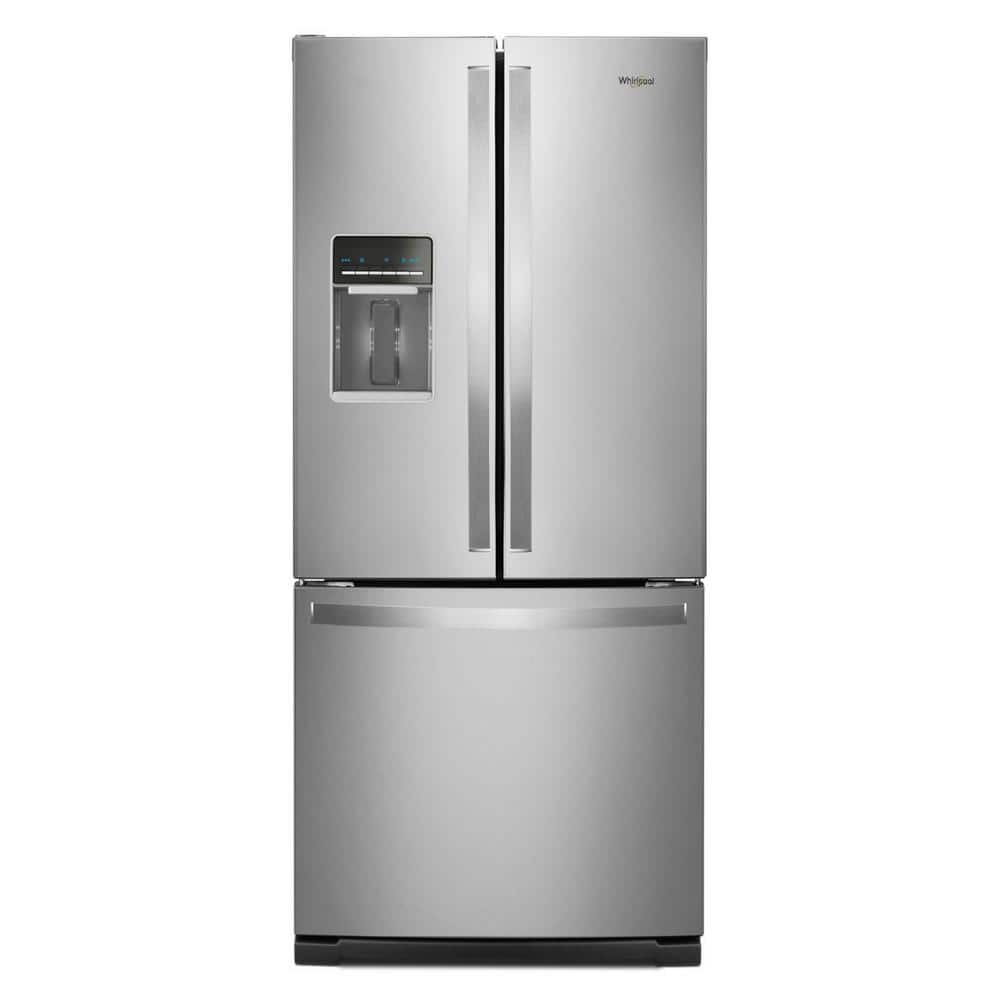
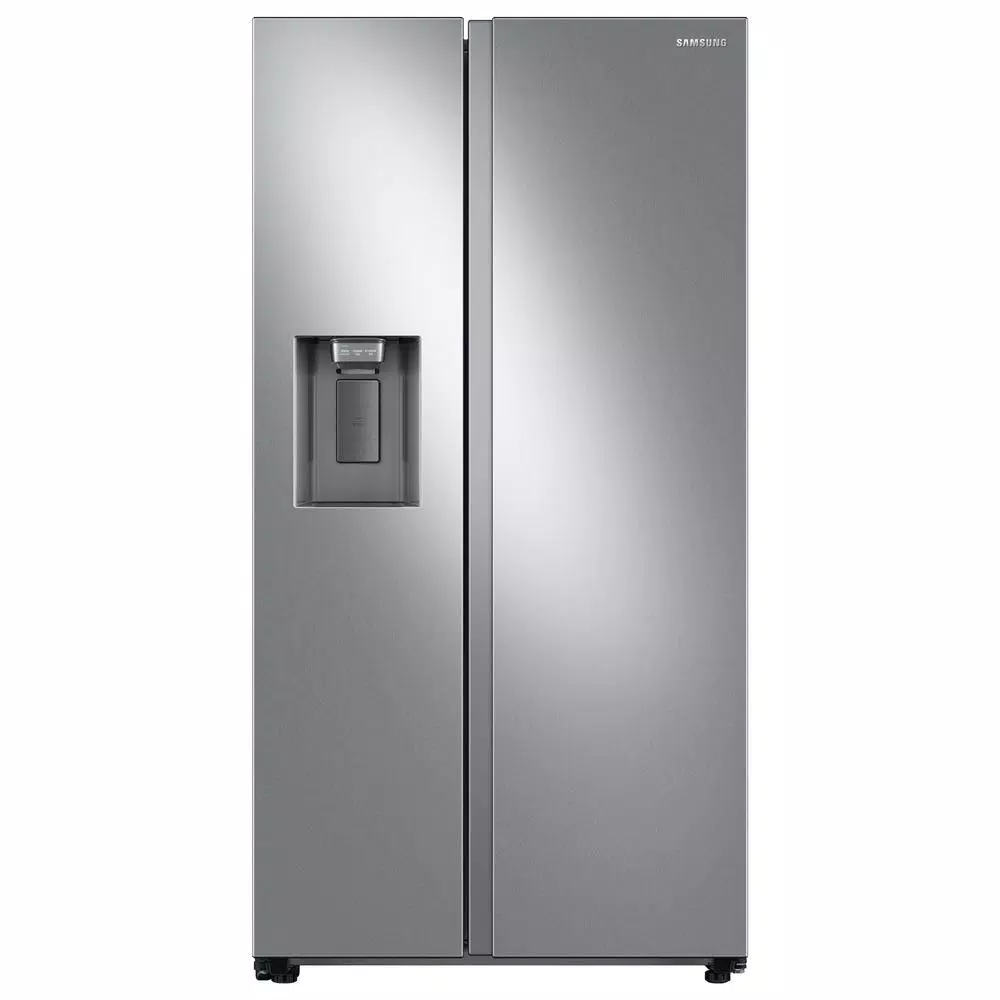
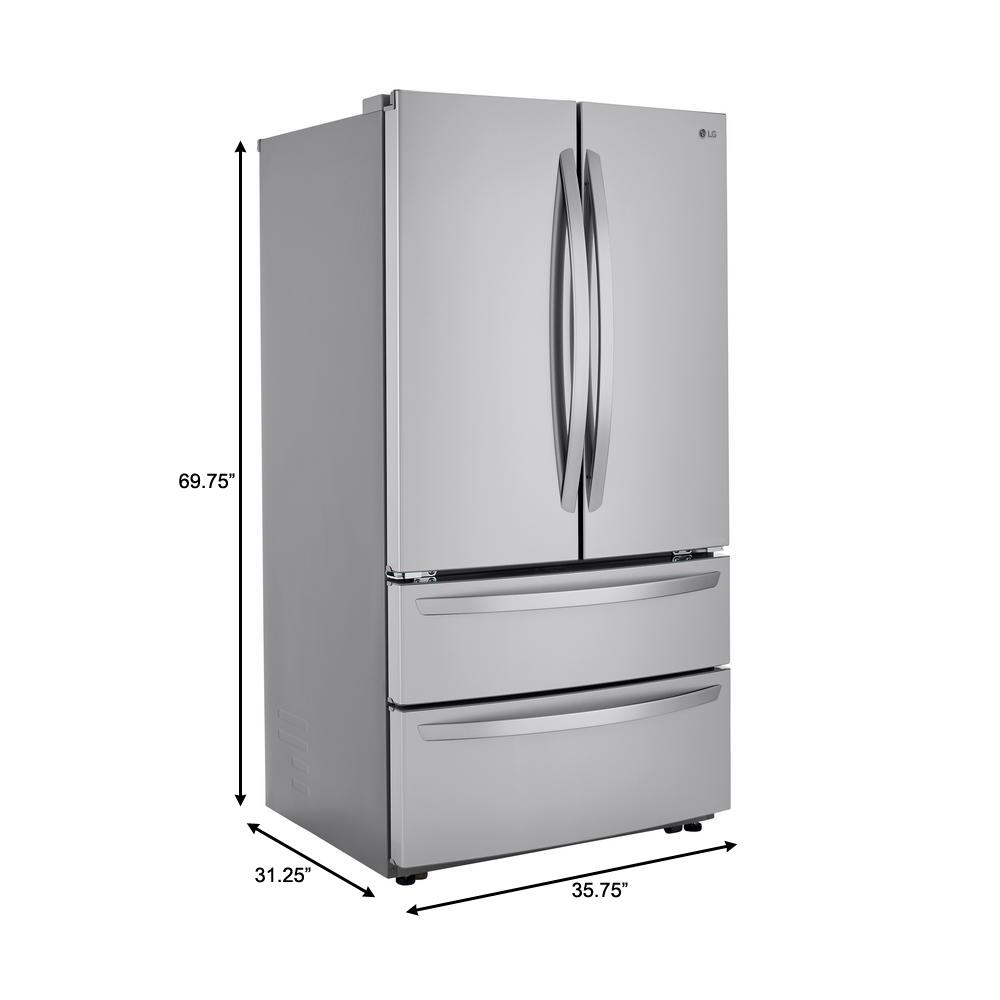
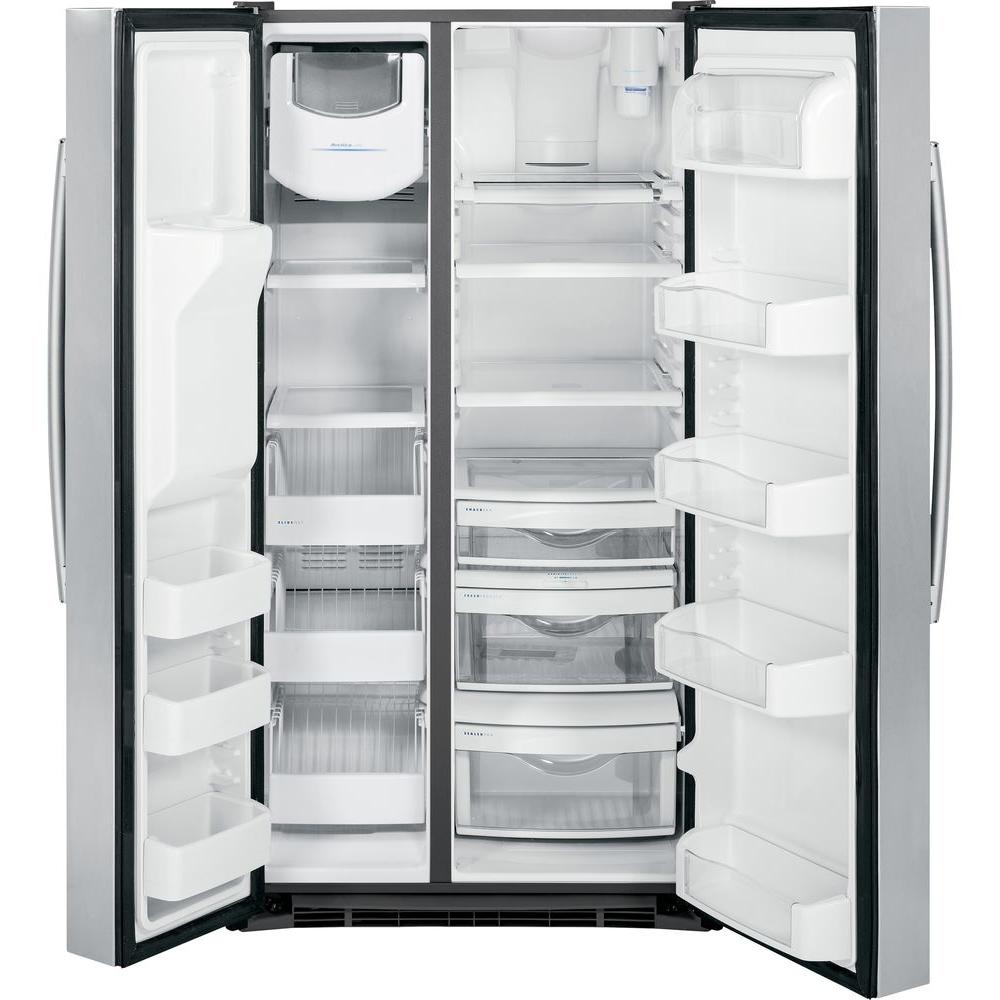
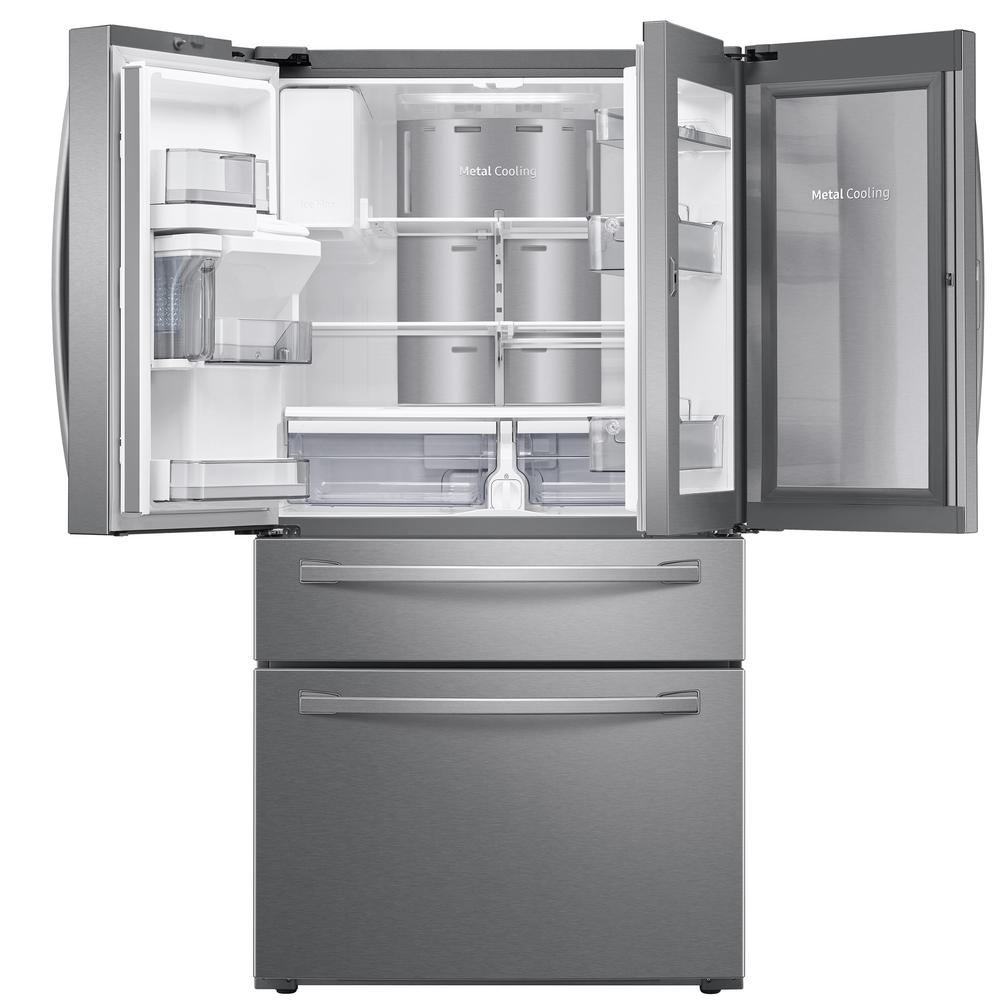
by John
I love my new frig. It has a lot of space inside and is very quiet.
by Katt
Looks very nice in the space for refrigerator. Like the fingerprint resistance aspect.
by Rose
I bought this about 3 months ago and am very happy with my purchase the only drawback is that the ice handle goes down easily.
by Mandy
I like it. Only one thing, those 2 draws are not firmly fit. They’re kind of loosing and easy to get off the rails when pull it out. Attached pix you can see it not straight fits.
by Malabou
I am very grateful to have an updated new refrigerator.
by Chris
The was the only fridge that would fit in our odd space. Compared to our old GE, this fridge provided more usable space, water in the door and the freezer drawer. We love it! Compared to our GE, it’s really quiet – even the ice maker goes unnoticed. The water in the door is always cold and the ice maker is consistent (ice is in the drawer). The water line did freeze, but was fixed, then prevented by a service tech – covered by warranty. Hasn’t been an issue since. We love this fridge – we’ve officially made the switch from GE to Whirlpool for all of our appliances.
by Momo
I bought this a few months back and it’s an awesome affordable upgrade for any home! Really couldn’t ask for much more!